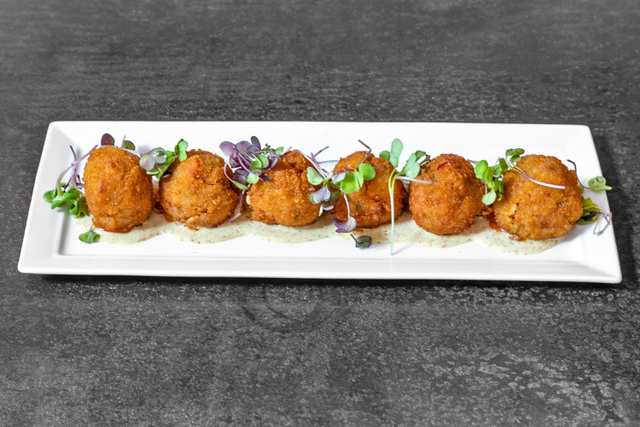
A small and beautiful country in Central Europe, Slovenia packs a culinary punch well above its diminutive size. Particularly noteworthy is Slovenia’s array of meat dishes, made even more interesting with the addition of unique animal proteins like wild boar. Our experts on this Slovenian culinary journey is Pekarna NYC, a new Slovenian American restaurant in Manhattan’s Upper West Side.
Related Guides
- How to Smoke Meat Like a Pro
- How to Cure Prosciutto at Home
- Venison: The Healthier Red Meat Alternative
All About the Meat
So what is Slovenian cuisine? “It’s a mix of Italian and Eastern European, many say that the Austrian Hungarian empire also had a big effect on their food. They (Slovenians) have access to a lot of meat and fresh produce which is grown by a lot of families in their backyard,” said Dean O’Neill, owner of Pekarna. Like its neighbors, Slovenians love hearty stews and sausages along with delicate dessert pastries like kremna rezina. This elegant cake, cut into cubes, is a concoction of vanilla custard and whipped cream sandwiched between crispy, thin pastry dusted with powdered sugar.
However, there’s one thing abundantly clear about Slovenian food — meat is beloved. A great example of this meat eating culture is the wide range of cured and smoked meats in Slovenia. Most cured meats and sausages in the country are made from pork, including the popular Kraški pršut (also called Karst prosciutto or Karst ham). This non-smoked ham is cured for 12-16 months and made with sea salt from the coastal areas of Slovenia. Locals usually enjoy this ham with cheese, bread, and wine. Besides cured meats, meat stews and dumplings are also popular throughout Slovenia.
Wild Boar – Slovenian Style

Besides domestic pigs, Slovenians also enjoy another type of meat — wild boar. “Boar has a very popular profile in Slovenia, I still remember going to the top of Vogel, the biggest ski mountains in Slovenia and having wild boar soup,” said O’Neill. Traditionally, one of the most common preparations is bograč, a hearty stew consisting of four meats: Beef, venison, pork, and of course, wild boar. Commonly considered a Hungarian shepherd invention, the meats of bograč stew are simmered with potatoes, onions, spices, and wine for a rich and comforting meal.
At Pekarna, the restaurant has taken an interesting spin on traditional Slovenian boar. Recently opened in Manhattan’s Upper West Side, Pekarna is helmed by Australian-native Dean O’Neill, Executive Chef Kamal Hoyte, and Consulting Slovenian Pastry Chef Alma Rekvic. Inspired by his trips and business projects in Slovenia, O’Neil was inspired to open a restaurant space centered on Slovenian food. Pekarna’s plan is to introduce Slovenian food and culture to New York, as it is a cuisine that’s tricky to find even in America’s largest city.
Pekarna’s food blends traditional Slovenian flavors with New American flair and French techniques. The best example of this is Pekarna’s Crispy Wild Boar with Rice. The boar for this dish is sourced from Texas through meat purveyor D’Artagnan, who buys directly from hunters before processing. The boar is smoked, shredded, and mixed with spices and rice before being rolled in a Cajun batter and fried. The entire dish is served with mustard and sweet chili sauce. The result is a dish that’s crunchy, soft from the rice, and meaty from the shreds of smoky boar meat.
To construct your own version of this dish, try to obtain wild boar if possible. Although pork is a suitable replacement, wild boar has less fat and a stronger, nutty flavor in comparison. As a wild meat, boar has higher amounts of protein and less cholesterol compared to domestic pork. Also, be sure to use the shoulder or leg, cuts that have plenty of fat and can stand up to hours of slow-cooking.



